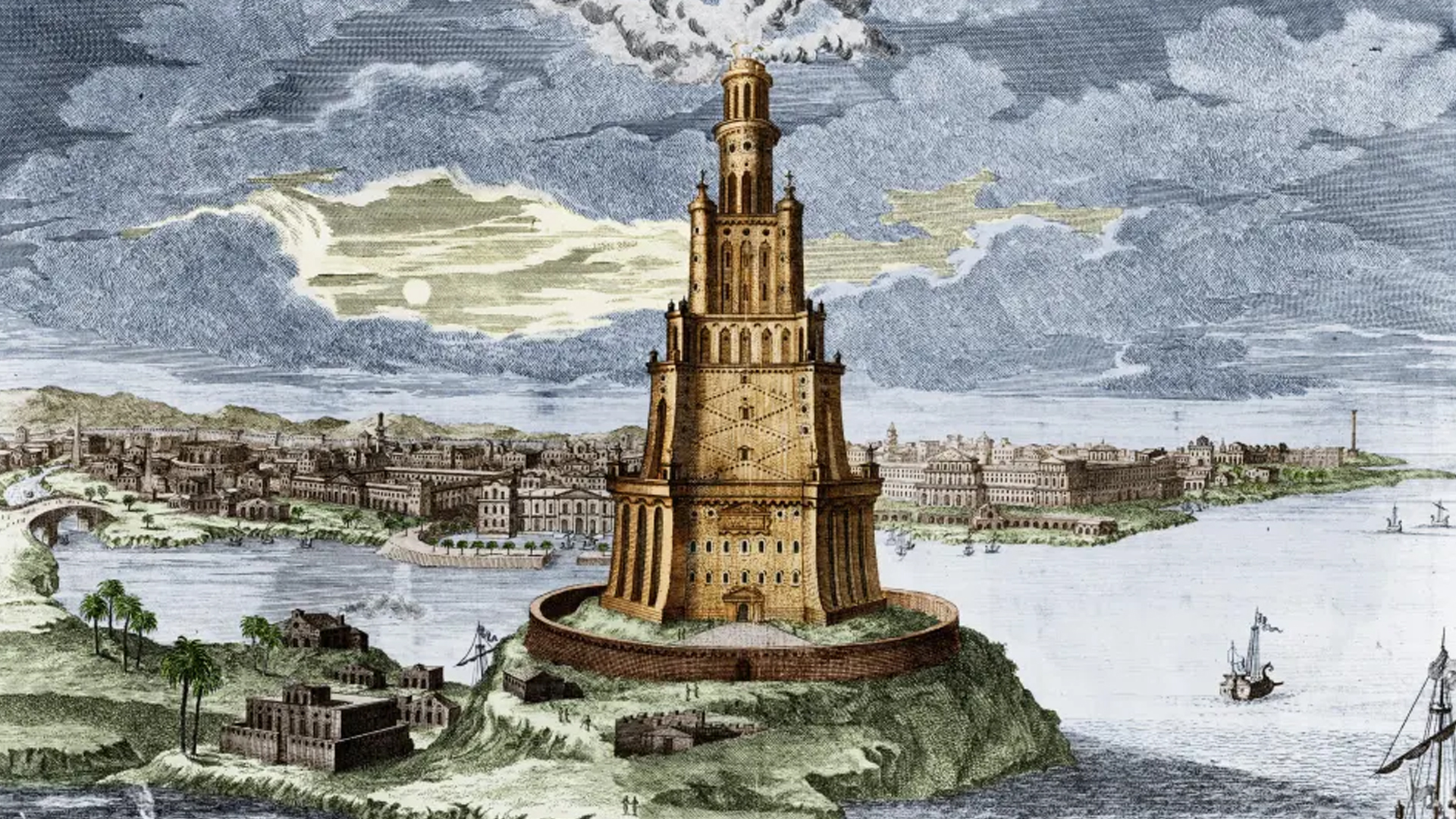Home / Arts and Entertainment / The Tragic Fate of the Seven Ancient Wonders
The Tragic Fate of the Seven Ancient Wonders
10 Nov
Summary
- Only the Great Pyramid of Giza remains from the Seven Wonders
- Lighthouse of Alexandria and Colossus of Rhodes destroyed by earthquakes
- Mausoleum at Halicarnassus and Temple of Artemis plundered and ruined

As of November 10th, 2025, only one of the Seven Wonders of the Ancient World remains standing—the Great Pyramid of Giza. The rest have been lost to the ravages of time, succumbing to natural disasters, fires, and human plunder.
The Lighthouse of Alexandria, once one of the tallest man-made structures in the world, was significantly damaged by earthquakes in the 10th and 14th centuries. Its remains finally disappeared in 1480 when a fort was built using the fallen stone. However, in a stunning discovery in 1994, French archaeologists found remnants of the lighthouse on the seafloor.
Similarly, the Colossus of Rhodes, a gigantic statue of the Greek sun god Helios, collapsed during an earthquake in 226 BC and was never rebuilt. Its remains were later destroyed and sold off during an Arab conquest of Rhodes in 653.
The Mausoleum at Halicarnassus, an enormous tomb built for the Anatolian ruler Mausolus, survived several attacks but was ultimately destroyed by a series of earthquakes. Its stones were later used to fortify Bodrum Castle in 1494, and only a few statues from the mausoleum remain, now housed in the British Museum.
The Temple of Artemis at Ephesus, a Greek temple that was rebuilt multiple times, was eventually lost to plunder, including a raid by the Goths in 268 that saw the structure set ablaze. Today, only a single column made up of fragments marks the site of this once-magnificent wonder.



